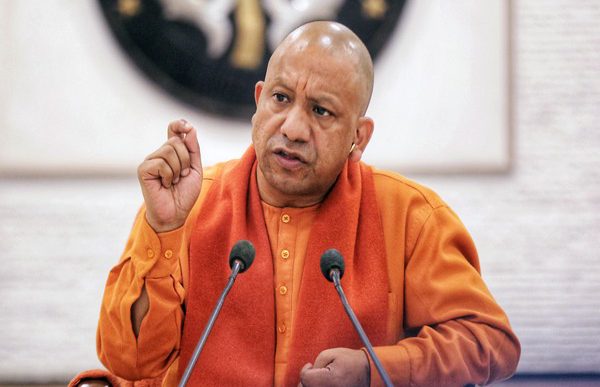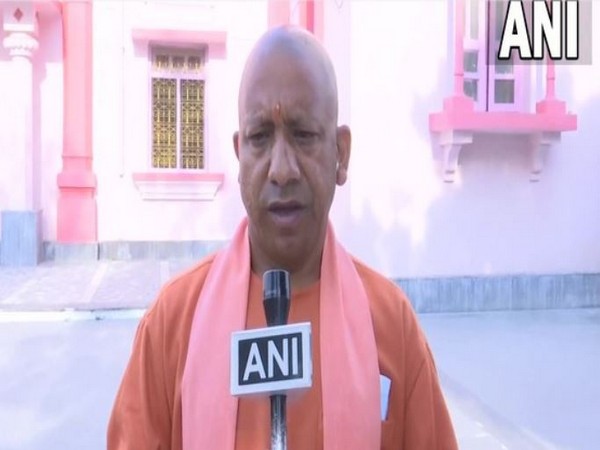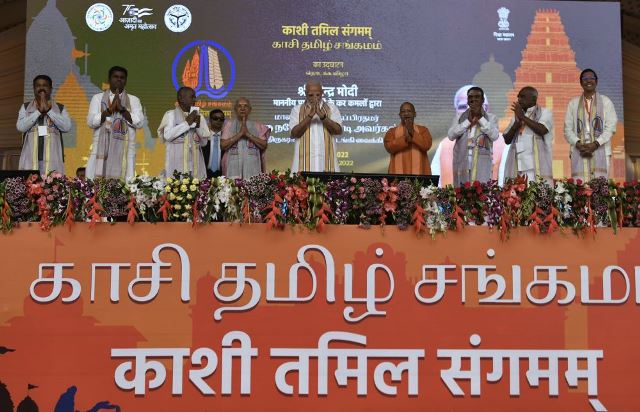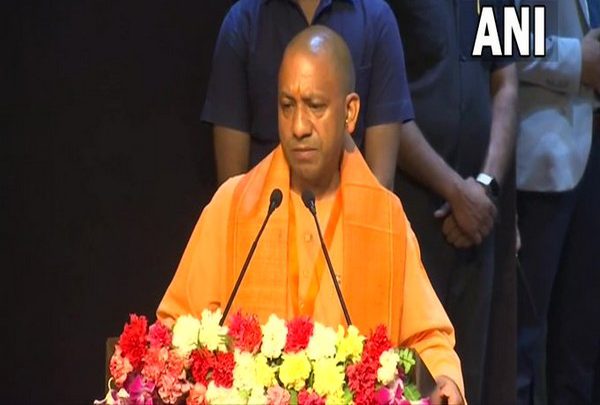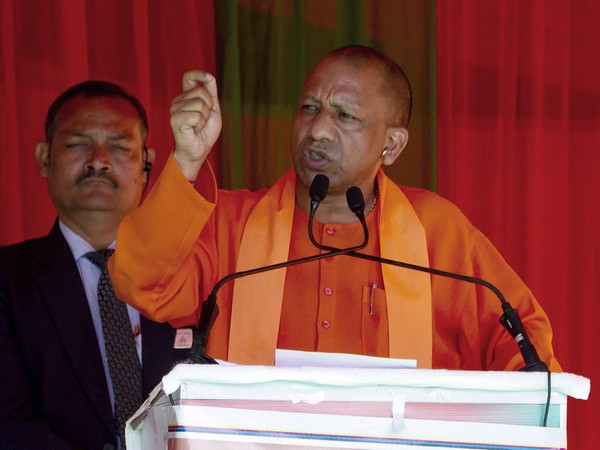Amidst the controversy over the Gyanvapi Mosque complex in Varanasi, Uttar Pradesh Chief Minister Yogi Adityanath has said that labelling Gyanvapi as a mosque complex will only lead to controversy and that the Muslim side should accept its “historical mistake” and offer a solution.
“If we call it a mosque, there will be a dispute. We should just call it Gyanvapi. I feel whoever has been blessed with sight by God, that person should see. What is a trishul (trident) doing inside a mosque? We did not put it there.
There is security inside, there are Central forces are There is a jyotirlinga, dev pratimas (idols),” Yogi Adityanath said in a podcast interview with ANI Editor Smita Prakash aired today.
Gyanvapi: Caveat Filed In Allahabad HC Over Direction For ASI Survey
Adityanath, who is also the head priest of Gorakhnath Mutt in Gorakhpur said that physical, scriptural and other archaeological evidence inside the mosque should not be overlooked.
“You can twist history but not the historic evidence that the walls (of Gyanvapi) are screaming and saying,” the chief minister said.
“I feel that a proposal should also come from the Muslim side accepting that there has been a historical mistake and that they should come up with a solution,” Yogi Adityanath said.
The Allahabad High Court is expected to give a verdict on a petition against a lower court order for a survey by the Archaeological Survey of India inside the mosque complex, except the ‘wuzukhana’ (fountain).
Varanasi Court Allows Scientific Survey Of Gyanvapi Mosque Complex
A ruling on the petition is likely on August 3.
The matter took centrestage when on May 16, last year, during the court-mandated survey, a structure — claimed to be a “Shivling” by the Hindu side and a “fountain” by the Muslim side — was found in the mosque premises.
Meanwhile in the interview with ANI, the Uttar Pradesh chief minister said that he will appeal to the Muslims community that “today we should be talking about development.”
“We can all see the plight of Pakistan. Those who sow thorns for others will themselves suffer the pain. Whatever is happening in Pakistan today is the result of what they sowed. Today Pakistan is riddled with hunger and is battling its misdeeds. That is why we should not repeat our previous mistakes,” Adityanath said.
Meanwhile, All India Majlis-e-Ittehadul Muslimeen (AIMIM) leader Asaduddin Owaisi has lashed out at Adityanath’s remarks on the Gyanvapi issue stating that it’s a “judicial overreach”.
The AIMIM chief, a staunch critic of Yogi said that despite knowing that the matter is sub-judice he is making such a controversial statement which is directly a judicial overreach.
“Chief minister Yogi knows that the Muslim side has opposed the ASI survey in Allahabad High Court and the judgement will be delivered in a few days, still, he gave such a controversial statement, this is judicial overreach,” said Owaisi. (ANI)
